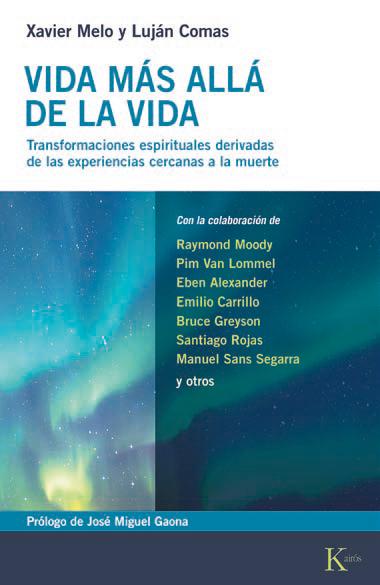Martial等人对“在晕厥引起的无反应性期间的近死本经历的脑电图签名”的综述”.
如前所述, 在 2009, Lakhmir Chawla的团队检测到 寿命终止电涌 (他们) 在七个患者中, 发生在之间 3 到 5 心肺逮捕后几分钟. 八年后, 他们设法复制了这些结果的一部分: 13 出于 18 患者表现出埃雷斯. 在 2009 文章, 这些埃尔斯被提出是临近死亡经历的潜在神经生理原因 (濒死体验).
Chawla强调了Auyong的研究 (2010), 前进 (2013), 和范莱恩 (2011) 支持他的发现. 然而, 在第一个研究中, 心脏骤停的确切时刻不包括, 在第二个, 脑电图活动发生在小鼠中 30 秒的心肺逮捕, 和博士. Borjigin本人批评Chawla的结果与她的团队收集的结果不同. 在第三项研究中, 排除的是,在被斩首的啮齿动物中发现的经验可能与任何类型的意识有关, 鉴于该现象发生在麻醉和非麻醉小鼠中.
诺顿的结果 (2017), 睡眠 (2021), 里根 (2018), 德弗里斯 (1998), 总共有 197 案例, 和Pana的荟萃分析 (2016), 涉及七项人类研究和十项动物研究, 没有验证Chawla的发现,并发现大脑活动下降或根本没有心肺逮捕后.
当我们认为某些NDS因其院内起源和适当的复苏方案而导致心脏骤停的三分钟内发生, Eles很难成为NDE的原因. 实际上, 大脑中神经元的去极化似乎是由严重受损的.
这些研究中的最新是Martial等人的. (七月 2024), 这表明在诱导的晕厥期间 (晕倒), 经历类似于NDE现在的脑电图的个人 (脑电图) 与缺乏意识一致: Theta和Delta波的增加. 该研究指出,与前同步水平相比,β波的存在,但没有增加. 有趣的是, 该研究将这些模式解释为有意识大脑活动的指标, 指的是仅在生病或在迷幻药作用下显示这种模式的研究, 大脑活动减少.
从我们从脑电图中知道的, 当主体没有意识时,theta和三角洲波就会出现, 它们被用作麻醉手术期间无意识的度量. 所以, 武术的研究支持简单晕厥期间没有大脑活动的观点, 证实大脑对血管问题高度敏感,例如缺乏动脉压力.
同时, 奥克兰大学的奈杰尔·肖, 新西兰, 已经提出了一系列论点,强调了自然主义方法的不足 - 即。, 大脑活动是产生NDE的原因 - 解释这种经验.
第一的, 肖解释了如何将肌肉运动误认为是脑波, 产生对大脑活动的错误印象. 然而, 这似乎不太可能,因为在某些情况下,在没有运动的患者中记录了脑电图.
第二, Shaw是指某些发现肺炎脑电图中γ活性的研究的死亡时间差。. 在一些研究中, 心脏骤停之前清楚地记录了脑电图, 在其他未检测到脉冲的时候, 在有效的心肺逮捕期间.
肖的最强论点来自狗的研究,发现伽玛活动 脑电图起源于杏仁核, 不是皮层, 这意味着不能提出此活动作为NDE的原因.
此外, 肖认为,伽马波与意识之间的关系从未被完全建立. 例如, 在麻醉下,有人可以在脑电图中产生伽马波.
最后, 肖强调,在迷幻诱发的国家中, 复制一些NDE特征的地方, EEG记录的整个脑波频谱, 包括伽马波, 减少, 增加了更大的困难,即这种围绕可能是NDE的可能性.
有关更多信息, 我们共享链接:
由«acscar llorens i Garcia制造的Reseña
参考书目
危重患者临终脑电图浪涌的特征. https://PubMed.ncbi.nlm.nih.gov/28145850/
濒死体验的伽马能带活动模型: 批判与重新解释. https://f1000research.com/articles/13-674





